For both players (White or Black), there are two bishops each – named the light-squared bishop and dark-squared bishop.
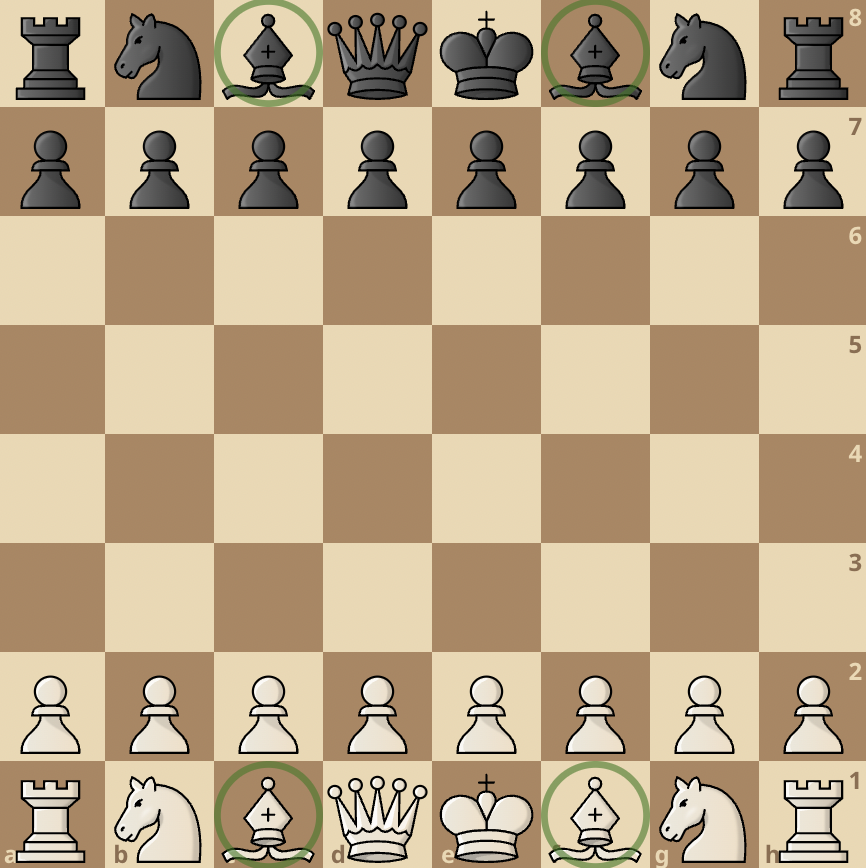
These bishops move only diagonally in chess.
This means that any of the two bishops is limited to half the board because it can only move on the light or dark squares.
A light-squared bishop may only move on light squares, whereas a dark-squared bishop may only move on dark squares. If the two bishops are on adjacent diagonals, they work well together.
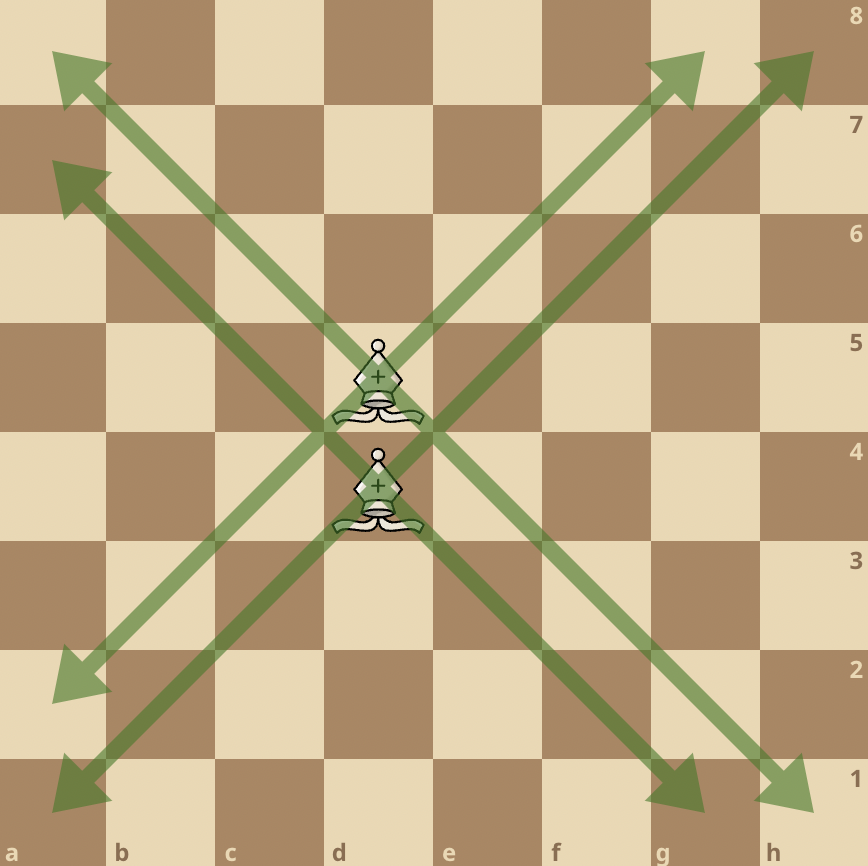
Because of how bishops move in chess, a bishop can never change from a light-squared bishop to a dark-squared bishop or vice-versa.
However, it can capture an enemy piece by moving to the occupied square, and can move as many squares as it likes as long as another piece or an occupied square does not block it.
We recommend these additional resources for further study on how the bishops move:
More Information About The Bishops in Chess
Here are some more information surrounding the bishops in chess:
- A bishop is a chess piece with a rounded top, and a slit cut into it. It is called its name because it looks like a Bishop’s mitre. See how all the chess pieces were named.
- Each player starts with a set of bishops(two pieces) on a chess board, with four bishops in total. The kingside bishop goes between the king and rook on h1 or h8, while the queenside bishop goes between the knight and the queen.
- In relative value, a chess bishop is worth three points, the same as a knight. It is less valuable than a rook (5 points) because rooks can move horizontally or vertically, and square color does not constrain them.
We recommend that you read up this article if you’ve not: Which Chess Piece can only Move Diagonally?
You may also want to know:
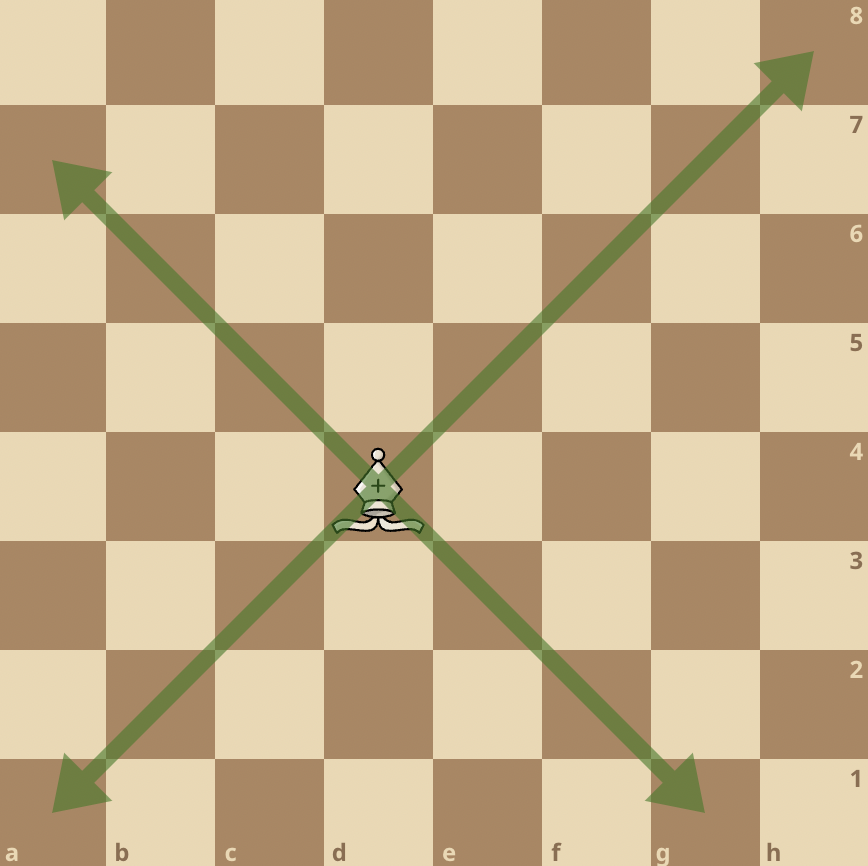

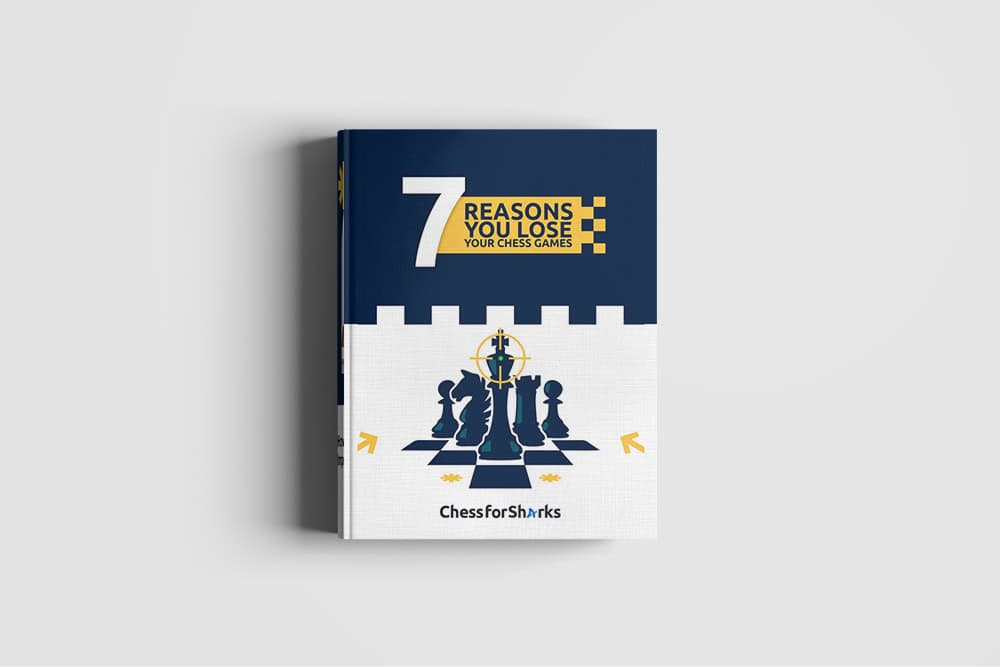
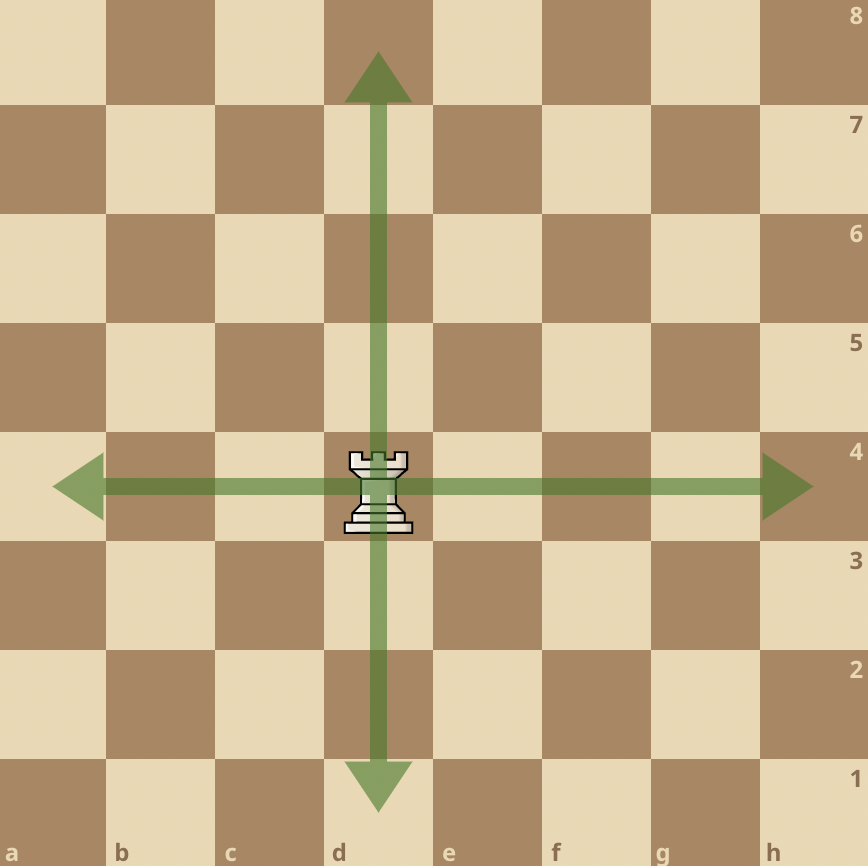
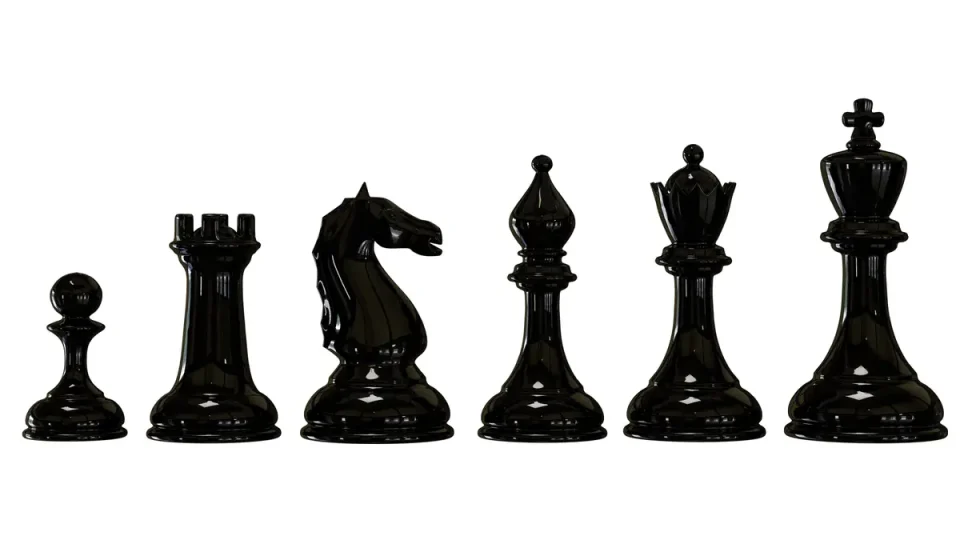
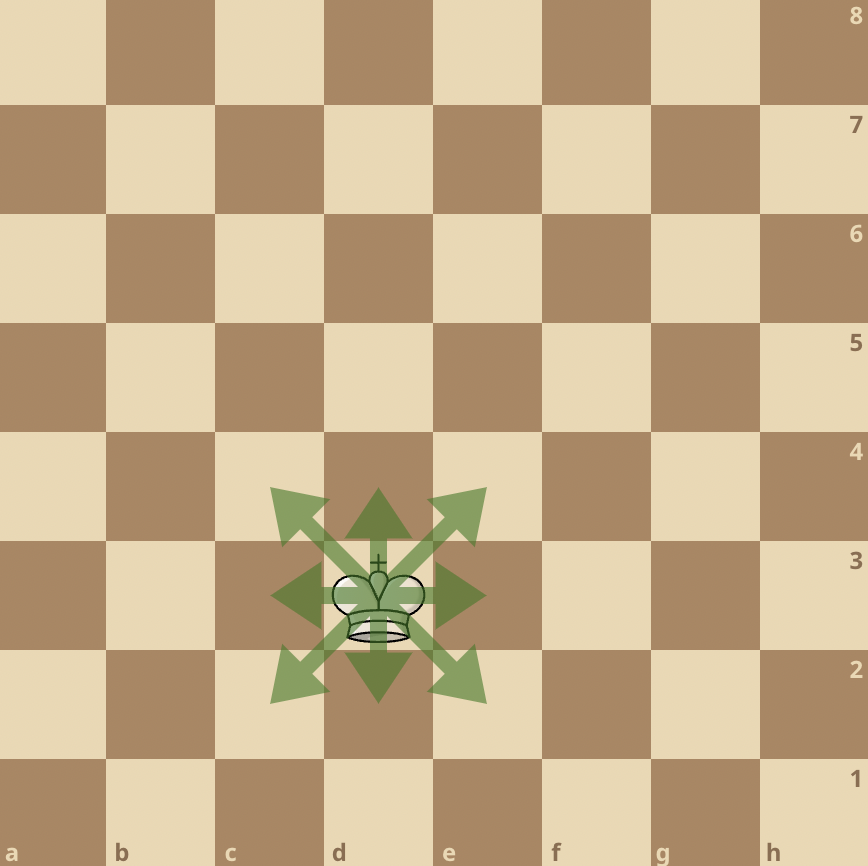
join the conversation